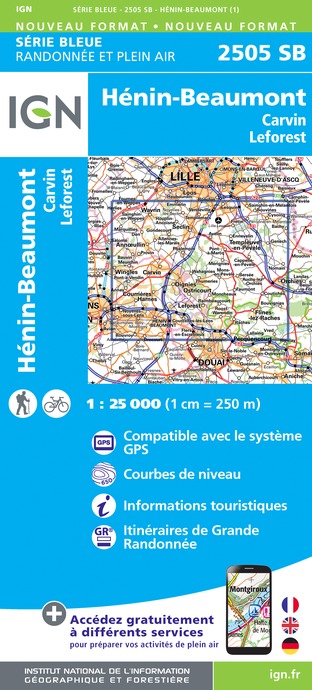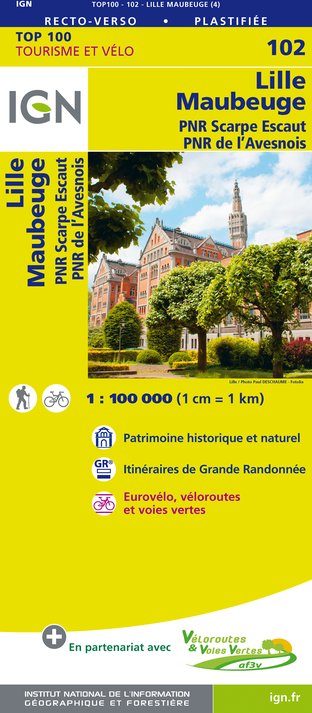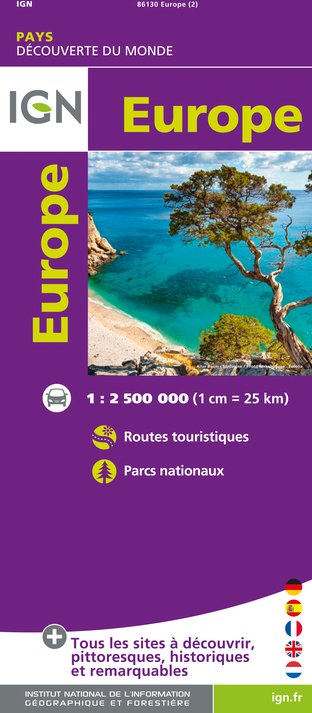Alert
Alerts
Seclin industrial heritage of yesterday and today

The Cirkwi brief
Prepared by Seclin Mélantois Tourism, this itinerary is a delightful blend of nature and history, taking you through the roots of Seclin's industrial past and its serene natural landscapes. As you embark on this exploration, imagine the hum of old factories intertwining with the tranquility of nature's uninterrupted silence. This unique blend captures the essence of Seclin, a town that has beautifully transitioned from industrial might to peaceful green spaces. This experience is more than just a walk; it's a journey through time, presented by Seclin Mélantois Tourism, aimed at leaving you inspired by the resilience and transformation of Seclin.
Technical Itinerary Overview
Spanning a total distance of 11.6km, this walking route presents a mild challenge with its maximum altitude reaching 43m and a minimum of 20m. The overall elevation change is modest, ranging from an ascent of 16m to a descent of 8m. Such terrain suggests an accessible yet engaging trek for enthusiasts of all levels. Whether you're a seasoned walker or someone looking to delve into the world of outdoor adventures, this terrain offers a balanced mix of ease and challenge, encouraging a deeper appreciation of Seclin’s landscapes.
Seasonal Tips and Safety
No matter the season, this journey through Seclin's industrious past and natural beauty promises unique experiences. However, to fully enjoy it, wearing appropriate footwear and carrying water are essential. During spring and autumn, the paths can be particularly lush and muddy, requiring extra care. Summers offer longer daylight for a leisurely exploration, but don't forget sunscreen and a hat. Winters, while crisp, necessitate warm clothing and potentially, ice grips for shoes after frosty nights. Always check the weather before setting out and respect local wildlife and flora.
Historical Significance of Seclin
Seclin, nestled in the Nord-Pas-de-Calais region, holds a rich tapestry of history that stretches beyond its industrial era. This territory, now a peaceful commune, once buzzed with the fervent activity of the Industrial Revolution, contributing significantly to the regional economy. The remnants of its past, from the linen and hemp spinning mills to the sugaries and breweries, narrate stories of economic triumphs and hardships. Seclin's transformation over the centuries mirrors the broader history of the area, a testament to the resilience and adaptability of its people and industries.
Climate Insights for Seclin
The Nord-Pas-de-Calais region, including Seclin, experiences a temperate oceanic climate. This equates to mild winters and cool summers, with precipitation spread fairly throughout the year. Considering the weather pattern, the optimal time for visiting and walking through Seclin would be late spring through early autumn, from May to September. During these months, the weather is most favorable for outdoor activities, and the natural surroundings are particularly vibrant. However, always prepare for the possibility of rain and adjust your plans to the latest weather forecasts for an enjoyable visit.
IGN cards






















